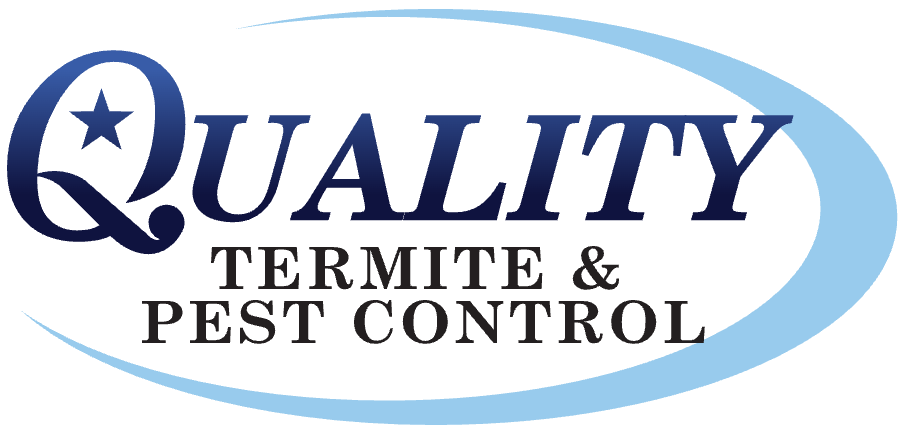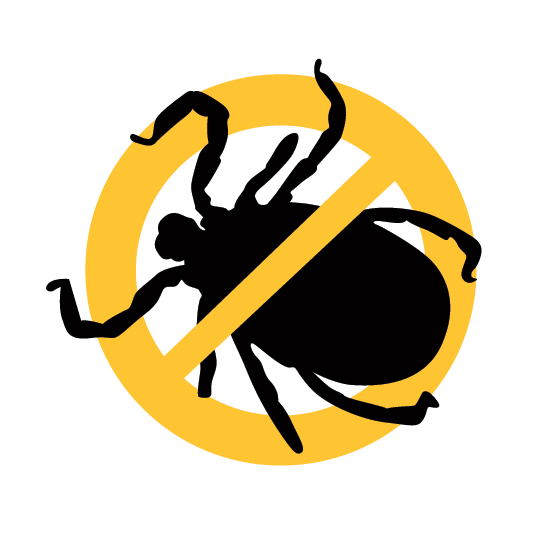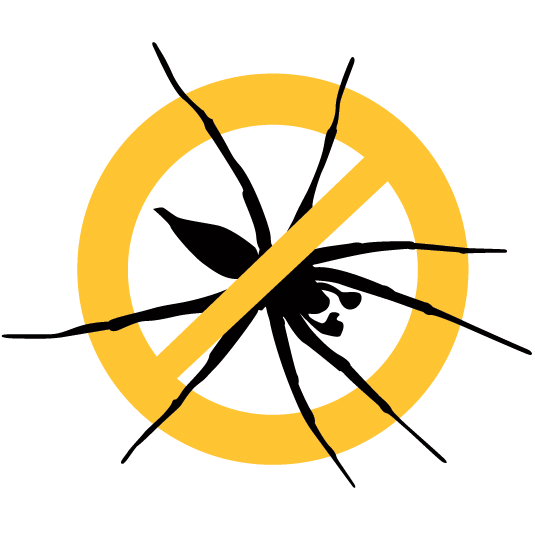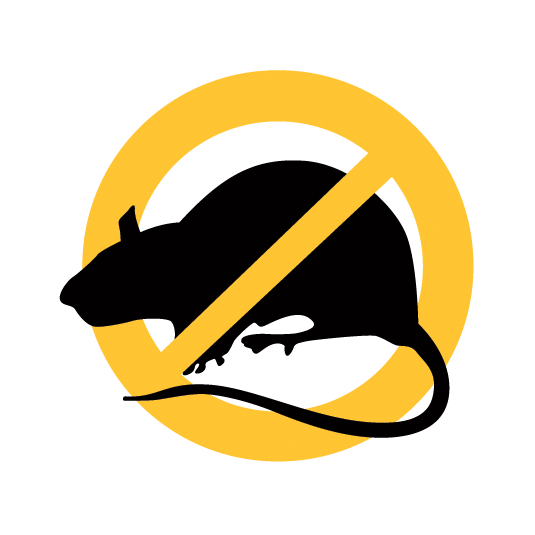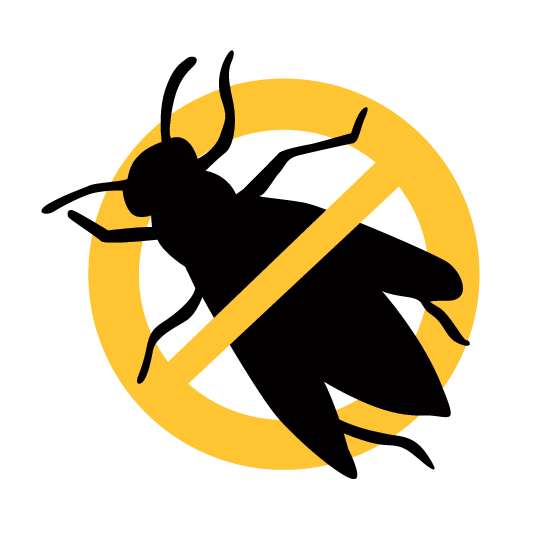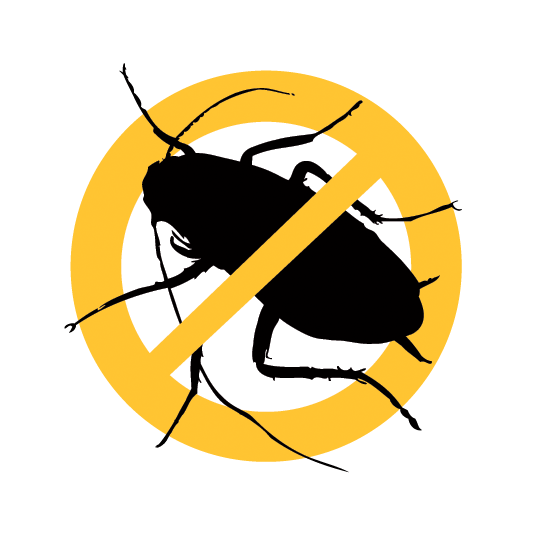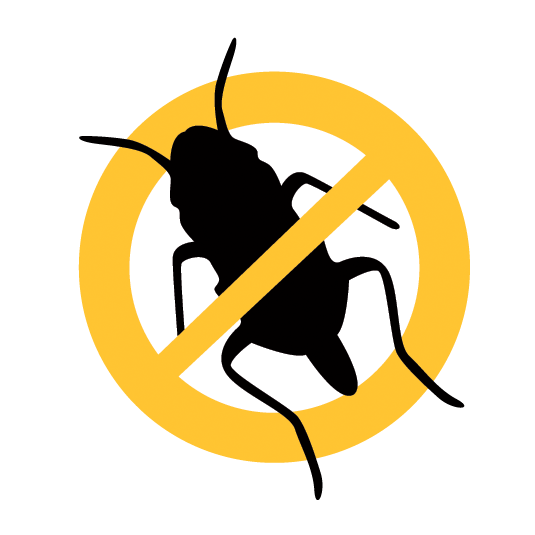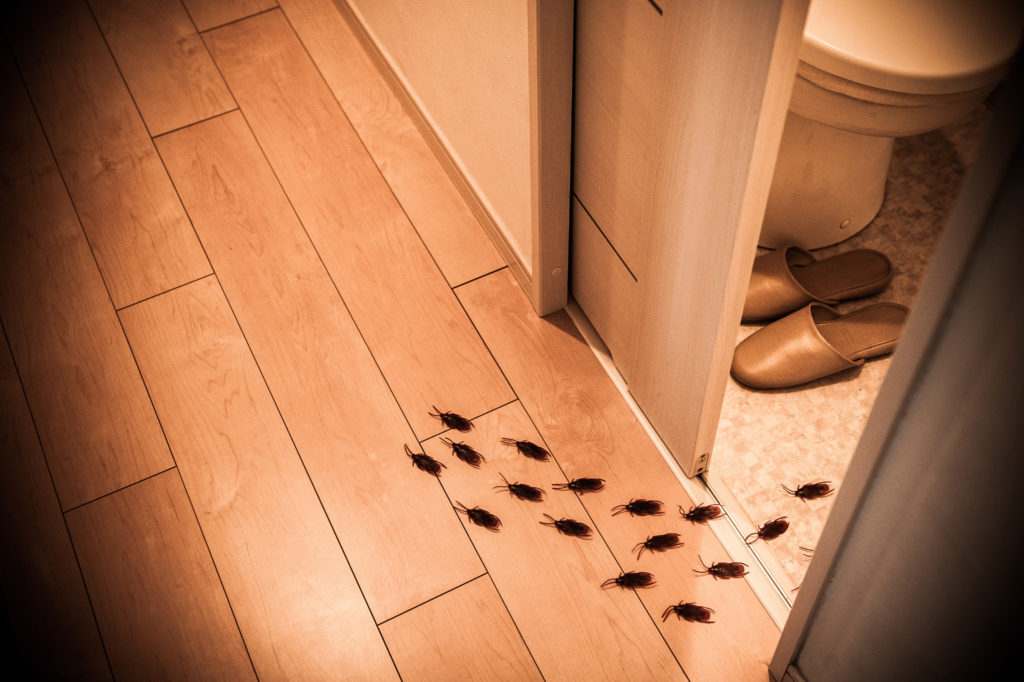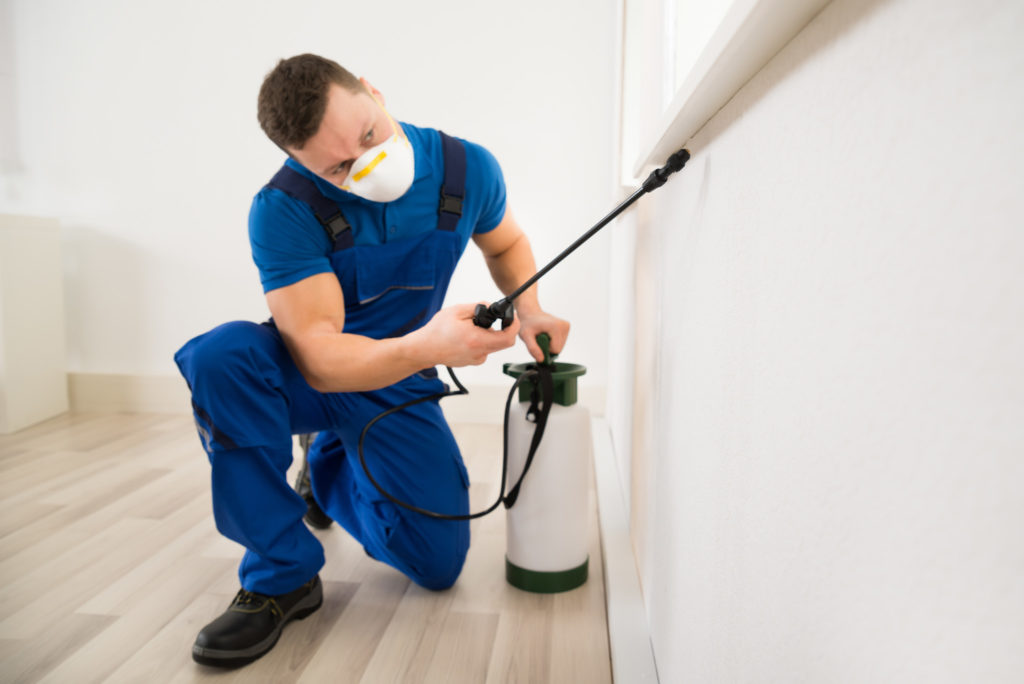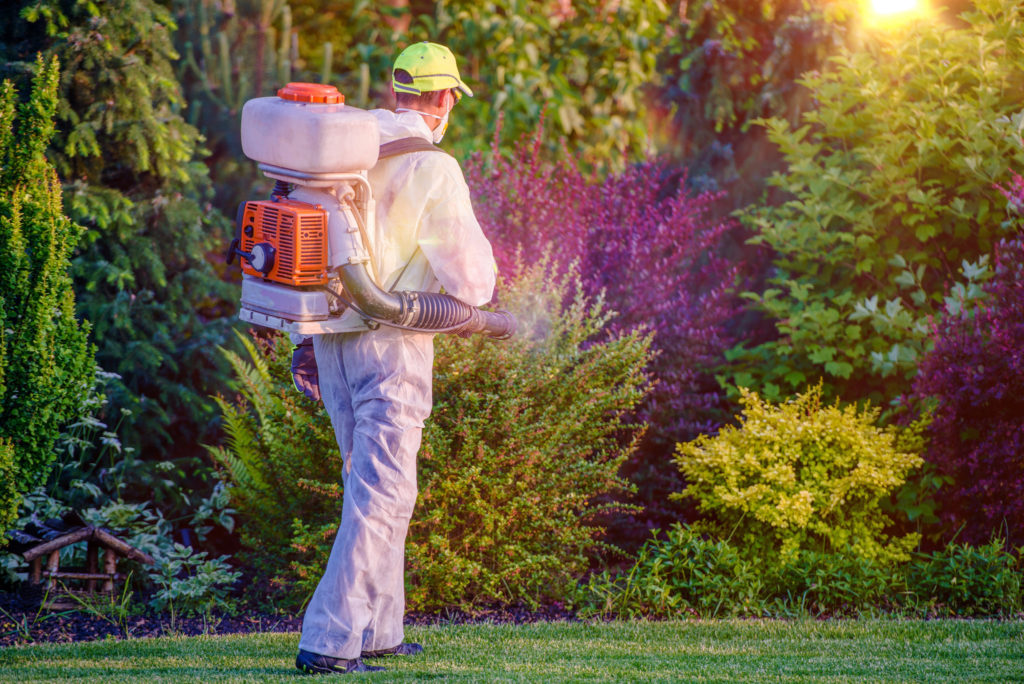“I have a license to kill and I know how to use it.”
In The Media
QUALITY STAFF
QUALITY SERVICE
QUALITY TOOLS
About Quality Pest Control
We know that living in this area comes with unique hardships, such as the somewhat temperamental weather that can quickly change from chilly to very humid, bringing lots of rain and causing pests to infest your homes and businesses at a greater degree. Not to mention that this area, in particular, is known for an infamous hurricane season that leaves Florida’s homeowners feeling vulnerable to all sorts of threats. Whether you are recovering from a devastating hurricane season, you’re taking pest control prevention measures, or you want to effectively tackle a current problem in your home or office, the wonderful and attentive team at Quality Pest Control is here when you need us most.
A normal termite tenting will require the homeowner to relocate for at least three days. Such process will also require extensive preparation and time. Quality Pest Control is here to help you, without having to sacrifice time away from home and disrupt your livelihood.
Thermoacoustical pest control insulation is created by grinding-up old newspapers into small chunks where the paper fibers connect in order to create minor air pockets within the insulation, sanitizing attic spaces when there are major rodent issues.
Rodents are complicated because they can make a home out of anything, and they’re small enough to fit into the tiniest of spaces. Whenever you find that you have rats and mice, it’s time to call a professional pest control company.
No matter how awful you think your individual case with pests may be, the team at Quality Pest Control has surely handled worse. When dealing with pests, it’s always recommended that you get in contact with professionals that will eradicate the threat.
With structural fumigation in South Florida, you can now aggressively tackle the problem of pests without ever fearing that they will return. Learn more about how structural fumigation works and why the team at Quality Pest Control is the perfect fit.
When a commercial or residential is in the process of being built, they will need to have a pre-construction soil treatment done first. It is a termite barrier that is used to treat the soil, prior to the concrete being poured.
